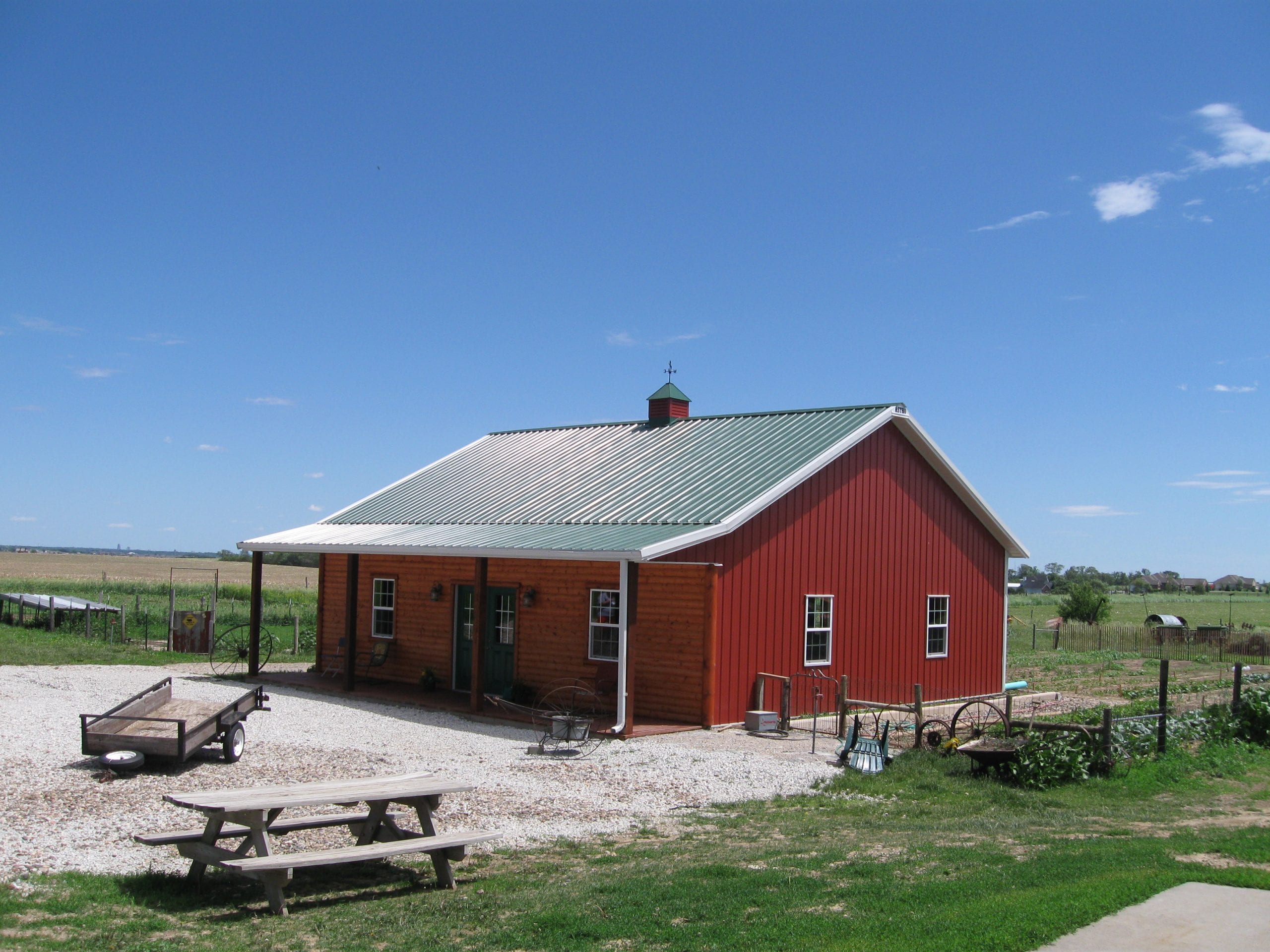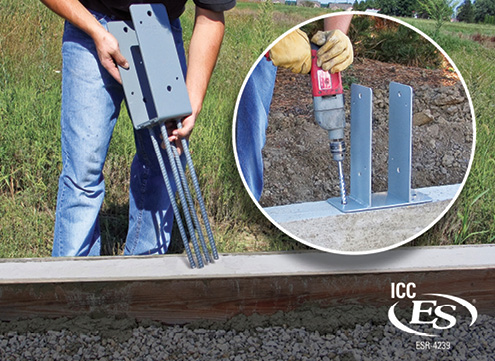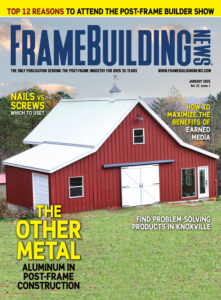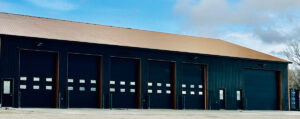Many different economic indicators can be taken into account when looking for clues as to what the state of the industry is likely to be just a short distance down the road. One check is what the experts in a given industry see. Shield Wall Media, parent company of Frame Building News magazine, did a survey to measure the climate in the construction industry. The results are overwhelmingly positive; the majority of builders improved sales and profitability in 2022. Further, most believe that their business will not only sell more or about the same in 2023 as they did in 2022, but they project their overall profitability to be the same or better. For further insights from our survey, see the sidebar at the end of this article.
Ben Johnston, Chief Operating Officer at Kapitus, a finance provider for small and medium sized businesses observed that financing applications were up in 2022, 34% up year over year with the funded volume up 46% to approximately $230 million. This of course speaks to the state of the industry last year when demand – and inflation – were both high. Contractors worked through spiking material costs, labor shortages, and supply chain issues.
Going into 2023, Johnston expects rising interest rates to depress both residential construction as well as low-rise commercial projects. However, he believes that as demand for new construction slows, many people will be investing in renovating the homes and business buildings they already own rather than trading up.
According to ABC’s Construction Confidence Index, this past October showed a rise in sales with falling profit margins and staffing levels — yet all are above the threshold of 50 which indicates expectations of growth over the next six months.
ABC Chief Economist Anirban Basu said, “While the industry continues to gain strength from significant funding for public work, pandemic-induced behavioral shifts — including remote work and online business meetings as well as surging borrowing costs — are translating into meaningful declines in backlog in commercial and institutional segments.
“With borrowing costs likely to increase during the coming months and material prices set to remain elevated, industry momentum could easily downshift further in 2023,” said Basu.
Basu further stated that economists may be overly pessimistic, however. The U.S. economy has some momentum going and near-term recession is not inevitable. While building backlogs have declined, the industry remains healthy and contractor data indicates that the majority expect the next six months to be positive.

Rob Haddock, CEO of S-5! believes what many economists have been saying, that the U.S. economy is likely going into a slowdown, if not a recession. He explains that the huge building boom that everyone has experienced is largely the product of the COVID-19 crisis and the supply shortages. The industry has been basically playing catch-up all through 2022. With demand up and supplies down, prices inevitably rose. Then inflation was added in. Haddock thinks these factors will likely bring demand down as we finish out the year and move through the first quarter of 2023. Then the industry will slow — noticeably — but not necessarily catastrophically. On the up side, this may help with the labor shortage.
Keith Dietzen, CEO of Keymark agrees that rising interest rates and tightening credit will have a bit of a dampening effect in the new year. As someone who studied economics, he said that the two key factors he watches are inflation and interest rates. If inflation doesn’t start coming down, the Federal Reserve will raise interest rates to try and bring supply and demand into balance. But, when rates rise, it impacts new construction and other capital expenditures and it can reduce demand throughout the economy. Still, he’s not convinced it will be a very dramatic slowing of the economy.
However, he has advice for businesses should there be more than a slight downturn.
“It’s a mistake to cut back too much, especially in your marketing budget. When the industry gets soft, that’s when you really need to get aggressive on the marketing end, getting people into your shop by advertising and at trade shows. That’s when you gotta market your products and services and find new customers.”
Not everyone agrees with these assessments. Christian Rios, Marketing Manager and Mike O’Hara, National Sales Manager at Levi’s Building Components foresee good things coming in 2023. They believe commercial construction particularly and construction overall will be strong. They speak to the slowly declining prices of lumber and steel as promising indicators, though they acknowledge that concrete, insulation, and some other material prices continue to rise.
Haddock also sees some prices going down and believes that material prices will stabilize eventually, once the demand calms down. He has already seen the cost of aluminum level and even decline as well as steel leveling out.
A challenge that could specifically hurt the post-frame industry is the financial community’s lack of education and understanding of post-frame as a construction method, Dietzen said. The industry definitely needs to educate the banking and mortgage industry.
A sign Rios and O’Hara hail as good news in their own section of the industry is the continuing migration to the southern states, where they say awareness of the benefits of metal roofing is growing, promising great market growth.

Mark Stover, President of Perma-Column also sees signs of strong momentum going into 2023. He has noticed increased demand in post frame building as well as new builders entering the market to support the demand.
Dietzen has noticed a positive trend in the post-frame industry. Interest in barndominiums has been growing.
“It’s an interesting phenomenon,” he says, “because it’s not a supplier generated interest. It’s a demand on the part of consumers.”
This creates big challenges for some builders according to Dietzen, because many of them are accustomed to creating a shell for agriculture and sheds; they are not used to dealing with plumbing, all of the mechanical pieces that go into residential builds, and highly finished interiors. Many of them have turned to subcontractors to complete this part of the project.
Keymark has taken this challenge and used it to help expand the post-frame market by enhancing its software to support barndominiums. It’s one of the company’s primary focuses for 2023, along with incorporating supports for all metal building.
Haddock sees great things for S-5! as well, expecting significant growth in 2023. Many of the products they produce are related to safety, especially snow retention products and mounting fault protection systems. As well as being part of new construction, these safety items are often part of retrofits; they are often required for code compliance.
While not life-saving, solar applications are quite popular as people try to bring their energy costs down. Energy costs have soared and the war in Ukraine has not helped. The more it goes up, and as governments offer incentives, the more attractive solar thermal and photovoltaics become.
“When you can install an electric generation system that will last 35 years or more and it pays for itself in the first few, who wouldn’t do that?” Haddock asked.
Energy costs in other parts of the world are generally even higher than in the U.S. and Haddock and company are expanding into new export markets expanding their reach and drawing in revenue sources from all over the world.
Johnston’s viewpoint coincides with Haddock’s belief that solar panels and accessories are a good industry sector to be in currently. He states that revenue will be driven into the residential sector of the industry, referring to the Inflation Reduction Act, in which the government has extended a wide range of tax credits for homewoners who install solar panels and other energy efficient products such as new windows, water heaters, HVAC systems and heat pumps. Of course, contractors can drive business by becoming knowledgable about the potential tax and energy savings, tailoring their offerings and assisting potential customers to qualify for the tax benefits.
Rios and O’Hara believe that the key to being successful in the new year will be great customer service and ensuring that your company has the supplies they need in stock. Part of that involves pre-planning and communicating with your suppliers sooner rather than later.

When it comes to the employee shortage, they advise that you take care of your current employees. Managing customer expectations is an important factor in keeping employees from burning out.
Haddock agrees; he doesn’t see the employee shortage going away any time soon. Forward-thinking companies will likely come up with new training techniques to increase efficiency and productivity and possibly reduce turnover, he said. However, he doesn’t see labor costs going down a lot unless construction demand comes down in middle to late 2023.
Dietzen doesn’t see an easy fix to the labor shortage. Like Haddock, he thinks there is opportunity for anyone who can find or develop solutions to help ameliorate the problem, such as automation, new software, any techniques or processes that require less labor or lower the bar on the skill level required.
Johnston offered this insight: “Builders will continue to struggle finding quality workers at affordable wages and will continue to see elevated costs of materials, while projects plateau or decline. Fortunately, we do expect inflation to be lower in 2023 than it was in 2022, and we expect the actions of the Federal Reserve to reduce inflation further as the year progresses, limiting further demand destruction and inflationary trends.”
As far as trends in construction, Haddock has noticed over the last fifty years or so that commercial construction follows residential construction; though it does have roughly a six-month time lag, In other words, if residential construction slows down, commercial construction usually follows suit eventually. When residential starts to pick up, commercial will again follow suit.
Haddock has advice for those in the industry who would like to feel more confident about their prospects for the future. He suggested studying and thinking through the likely prognosis for different aspects of the industry. For example, if you build high-end custom residences that people pay over a million in cash for, they will likely build it even with an economic downturn. Low-cost housing is a necessity. But the $300,000 to $400,000 home buyer is the guy who is being squeezed. “Try morphing your business into a direction that will help protect you,” Haddock said.
Johnston bears out this idea, noting that if there is a silver lining in the construction market, it may be the high-end residential market.
“High earners have not shown a meaningful decline in purchasing power,” Johnston said. “In 2023 we expect high earners to continue investing in residential real estate and for high-end residential construction experts to remain in demand.”
Other industry sectors that Haddock sees as safer and great options to expand a building business into: hospitals, nursing homes, and other medical facilities. These places are necessary and eventually they need to be refurbished if not rebuilt. Agriculture is another example of a more recession-proof sector. “People have to eat,” Haddock says.
Dietzen notes that some business owners start as contractors, grow, and begin buying in bulk, developing a supplier business in addition to contracting or to replace their contracting business.
In conclusion, the name of the game seems to be: diversify. The more sectors you are involved in, the less you will be negatively impacted if one sector sees a downturn. FBN























